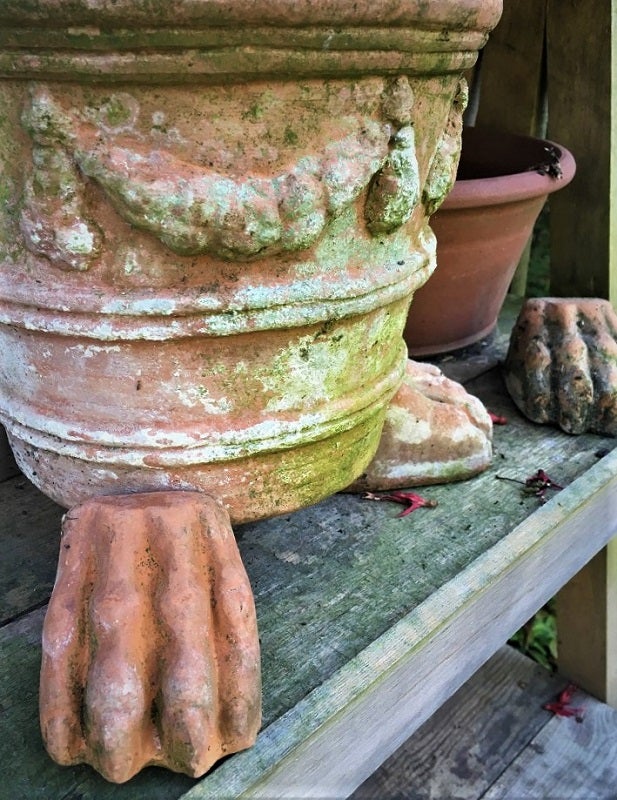Daylilies are Summer’s resilient beauty
Published 12:00 pm Monday, May 6, 2019
By Sheri Bethard
Orange County Master Gardeners
How many of you remember your grandma’s yard being full of bright yellow daylilies? Well, your grandma’s daylilies have come a long way from then.
There are more than 90,000, yes 90,000 registered cultivars of daylilies with the American Hemerocallis Society.
These flowers can be unique by: Flower form; Hardiness Zone; Fragrance; Bloom Time; Blooms per plant; Brighter colored flower (in any shade but blue); and/or Subtle change in markings on petals.
Daylilies can be bought locally from daylily farms or you can purchase them online or mail order catalog.
Once you receive your daylilies, regardless of where you purchased them, you should first inspect the roots for dehydration. It is best to soak the roots for at least one hour or longer with a bit of liquid plant food before planting especially if you received them in the mail.
The best time to mail order or order online is in late winter so you can plant in the spring and give them a season to grow developing a good root system before blooming.
After you have inspected the roots and soaked them, you are ready for planting.
Daylilies are grown best in full sun and when planted in small mounds slightly above the ground.
Dig a hole as deep as the crown of your daylily (the part where the leaves meet the roots). With the loose soil, add compost to help with aeration and mix well. Add some of the soil/compost mix in the hole and then the daylily with the roots first.
Build the mound up to the crown loosely packing the soil. Water enough to keep moist until new growth appears.
Growing daylilies are easy. First, you need well-drained soil to keep them from rotting. But, they still need to have consistently moist soil to help them bloom profusely.
Watering them weekly to make sure they receive a couple of inches will help in times when rainfall is scarce.
Live-heading your daylilies each evening is another way of helping keep your garden pretty. Since they only bloom for 24 hours, you are clearing out the way for tomorrow’s flowers and enjoying the fragrance of today’s blooms.
Fertilizing daylilies is done twice a year – at” CANDY TIME!” otherwise known as Halloween and Valentines Day.
Feed your daylilies a good nitrogen based food such as Milogranite® with a cup full sprinkled on each clump like adding seasonings to food.
Daylily terms–
| FLOWER FORMS– |
- Single – Three petals and three sepals
- Polumerous – More than the normal number of segments in each floral whorl
- Double – More than one whorl of petals and sepals or peony-like outgrowth
- Unusual form – Distinctive petal or sepal shapes, affecting the form of the flower in a unique way
- Spider – Petals much longer than they are wide
| COLOR MARKINGS– |
- Band – A coloring that does not show on the sepals
- Eye – A coloring that is on both the petals and the sepals, and is darker than the rest of the segments
- Bicolor – Petals are a different and darker color than the sepals
- Eyezone – Zone of color above the throat
- Bitone – Petals are a different and darker color than the sepals
- Halo – An eye that is very narrow or indistinct and shows on both the petals and sepals
- Blend – Petals and sepals are two or more colors
- Midrib – The center vein that runs through each petal and sepal, it can be a different color
- Diamond Dusting – The flower reflects light as if it is sparkling
- Polychrome – Petals and sepals have an intermingling of three or more colors
- Dotted Dusted – The surface color is unevenly distributed over the background color
- Self – Petals and sepals are all the same color
- Edge/picoted – The edges or the flower segments are a different color
- Tipped – The tips of the flower are a different color
- Watermark – An eye that is a lighter color than everything else on the segment








